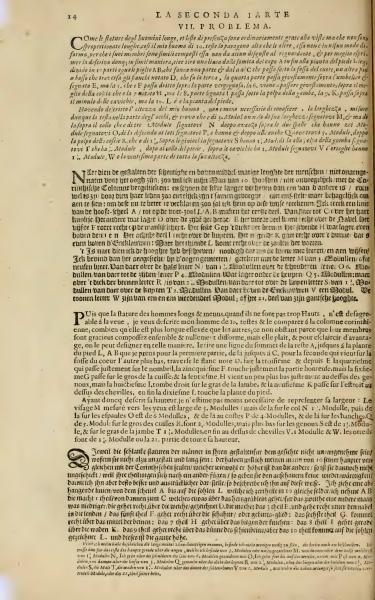The Second Part
VII. Problem.
As the statues of tall men, and of the persuasion, are usually pleasing to the eye but are not proportionate, although the faces and limbs of them are arranged at a certain height, in truth, they are in a manner of appearance because their members are similarly composed, so that no design appears to the viewer, and what is meritorious demands direction, finally a pattern, with a line from the bottom of the foot to split into 10 parts and each child A B makes one part of the A C that passes the line of the heart, another from the other traverses when already noted D, which is the third, the fourth part of the things completely above, poorly followed E, but F passes behind, the 6th part comes to pass grievously, I speak two stones that have 7 40 N B A part of whether it passes or means note A the spa K fulfills Z minute of the ankles, but reaches L. and the planting of the foot.
Having described the height of my man, I do not need to define the width, I would say therefore that the head in the part of the eyes, there I find that 3 Module one of there a width marked M, and indeed it will put the neck that says in the odeule marked N after also over what is among those that have nudity marked O, upon descending to the marked legs P and have upon the hips Q where their find i.s. Model, after speaking of the thighs K that cl of 3 above the aspect found Schaar Modol in to the of the legs 10. you find V that the Moudle, after the foot serves, above the ankles has 1. Moudle fgsa 12 o'clock 11 Lorde the k 1. Moudlew 0 to sustain its facade.
The text discusses the artistic representation of statues, focusing on proportions and composition. It explains how to divide the human form into segments using a system called 'Module' to achieve visual harmony. The passage emphasizes the importance of understanding dimensions when depicting human figures.
